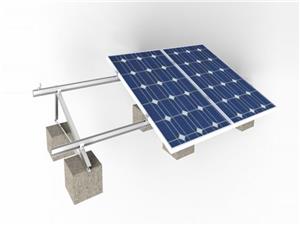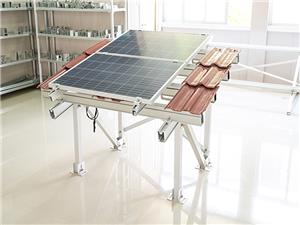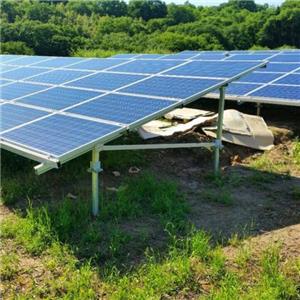How Standard Rail Mounted Solar Work?
Different materials of roof adopt different solar installation system.Is solar rail mounting system fit for you?Let's study.
This method uses a flashing to attach onto the existing rooftop. The flashing is similar to what would be used for a standard roof vent. An “L” foot or support component is then fastened to this flashing and holds the aluminum/steel rail 2-4 inches above the rooftop, upon which the solar panels are mounted.
The Pros for Standard Rail Mounting:
Can be used with almost any kW module in the colar of your choice
Rails themselves are available in silver/black to blend with the rooftop if desired
Many manufacturers offer flashing to help blend in with the rooftop and keep rodents out
Conduit/wires can be run through the rooftop or across the rooftop
Most manufacturers have been around for a long time and have long histories of success

The Cons for Standard Rail Mounting:
Rails add additional weight to the roof which could mean older/less engineered buildings may not support the additional load
The solar system is more prominently displayed as it sits several inches above the shingles
When installed without flashing, equipment is more accessible to rodents/weather
Summary:
Overall, standard rail mounted solar offers the most flexibility when it comes to system design, and with its long history of success in the industry, it continues to be the popular choice for homeowners. These systems typically stand out on a rooftop, although there is equipment available that is designed to blend with the existing roof.




